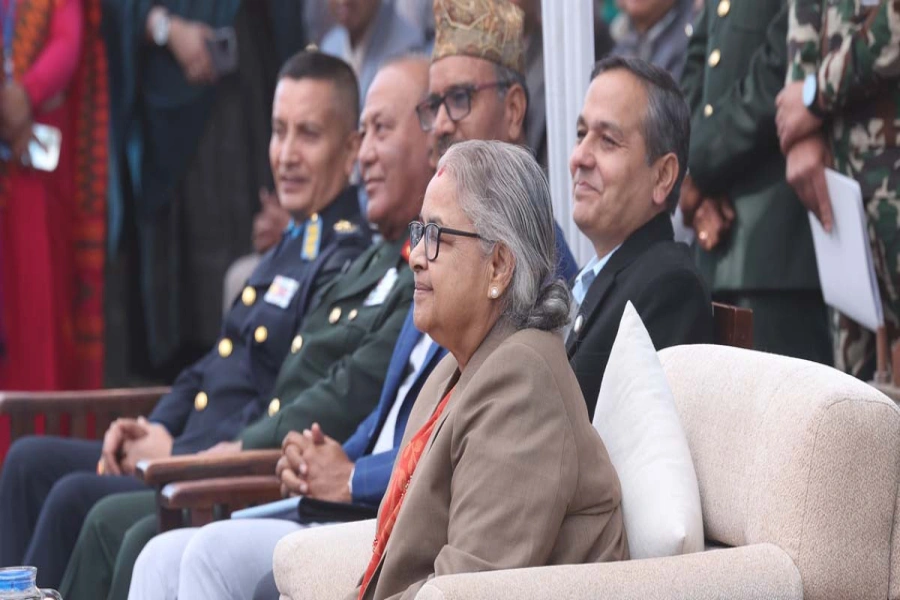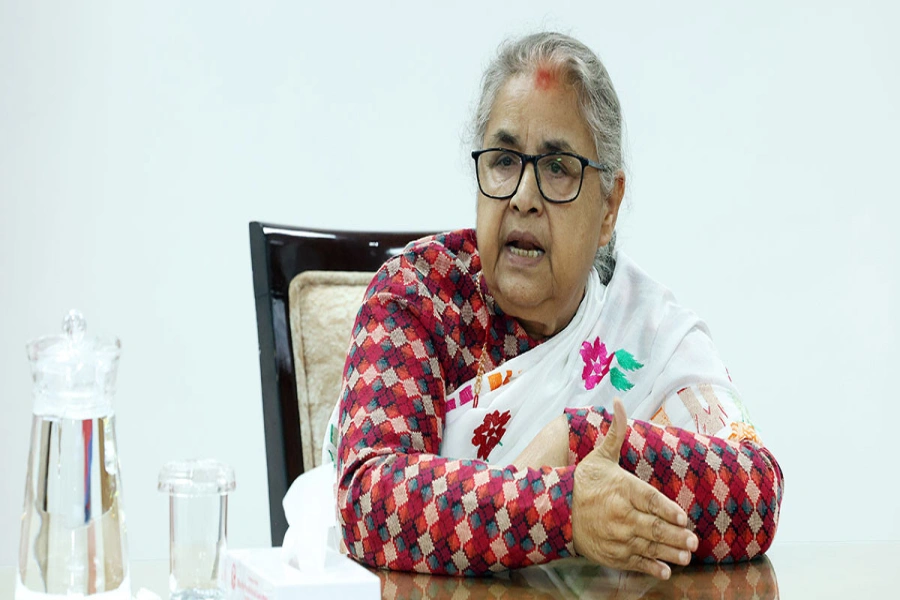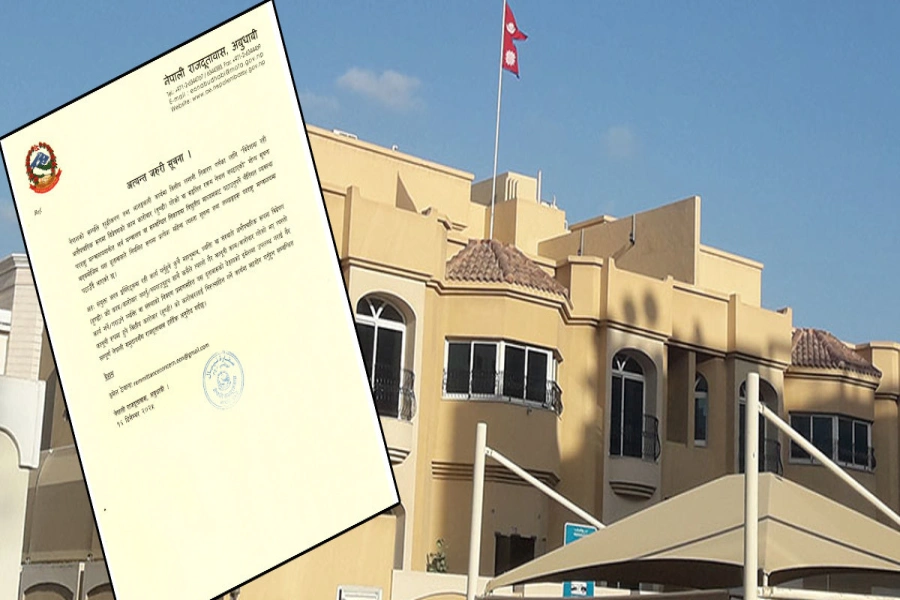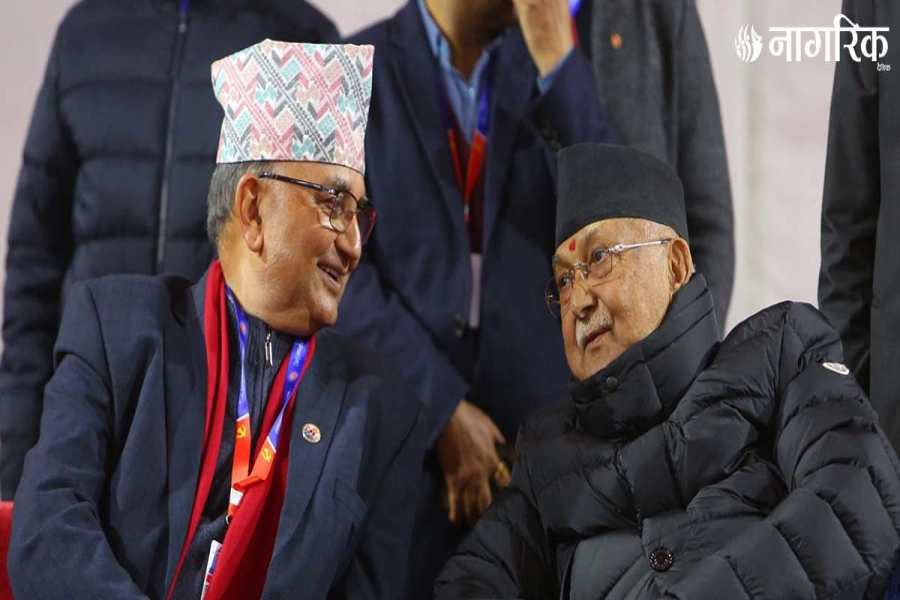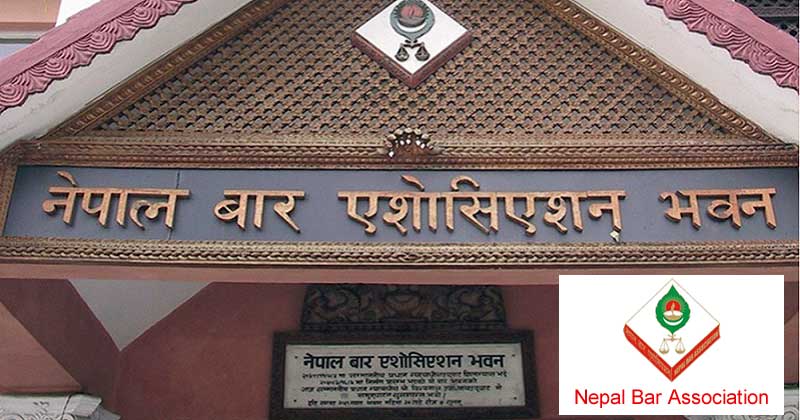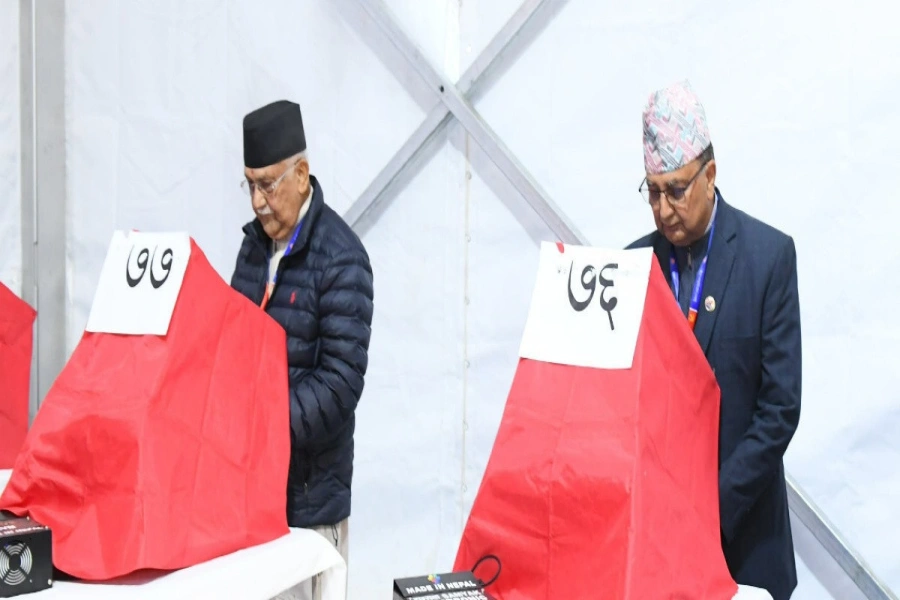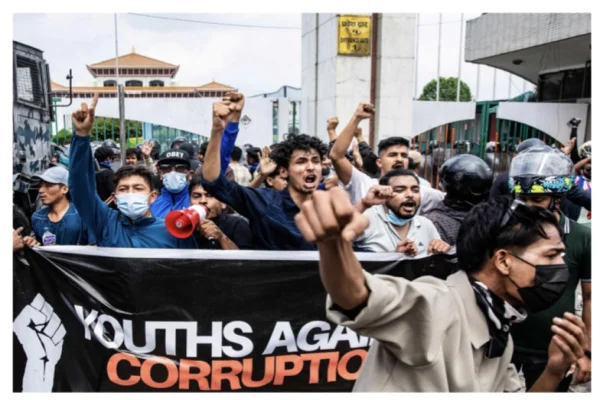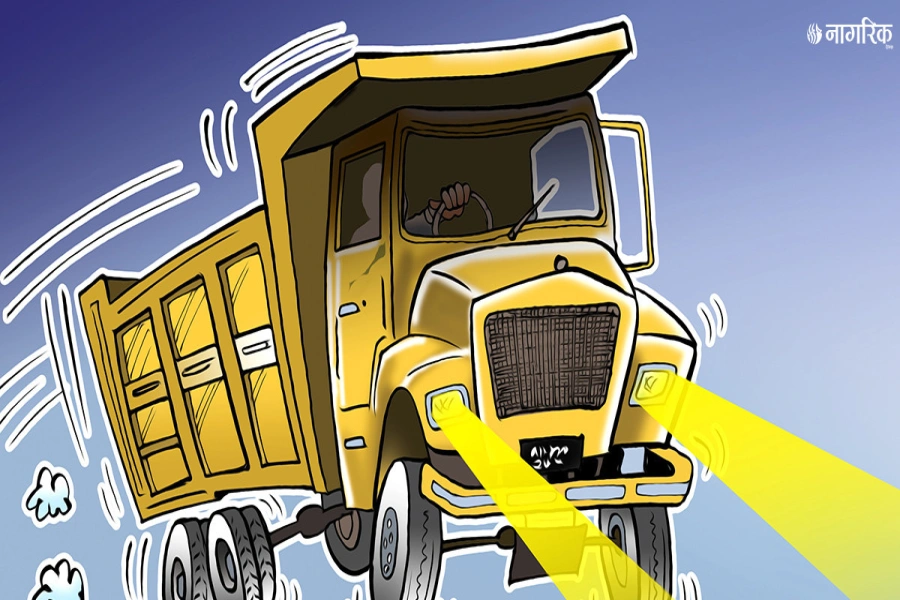When we vehemently protest one unconstitutional action but let others slide, it will only serve to weaken the constitution in the long run. This is what has happened at present.
Over the past few weeks the term ‘unconstitutional’ has featured quite prominently across public spheres in Nepal. To put it simply, anything that violates or contradicts the constitution can be deemed unconstitutional. But this seemingly straightforward definition, like every other claim in a democracy, is open to interpretation.
The more ambiguous, broad and indirect the clauses in a constitution the easier it becomes for people to find loopholes around it. Had our constitution explicitly stated that the Prime Minister under no circumstances unless in the events a, b or c could dissolve parliament, the ones now opposing his decision perhaps would not need the reassurances of a platoon of lawyers to feel confident. After all, if something is evident, not much has to be said about it. Irrespective of what the court ultimately decides, this attention that has been drawn towards the term ‘unconstitutional’ is something that needs to be further reflected on and then sustained.
Matter of interpretation
When the action of any persons or institution is judged, what is said for them and against them depends on the narratives based on different interpretations of the law and constitution. Such is the nature of judicial processes in a democratic society that it requires alleged violations to be put in context and explanations along with evidences to be sought from concerned parties before a verdict is passed.
Speaker calls House dissolution unconstitutional before SC

Now the term ‘unconstitutional’ can be quite subjective depending upon the nature of the alleged transgression. This is because in the constitution there tend to be broad and generalized statements which at times—especially as the constitution ages—come in conflict with the way institutions, the parliament and people carry out their functions. For instance, one could quite easily argue that the move by Pushpa Kamal Dahal-Madhav Nepal faction to organize Nepal Banda was unconstitutional given that it violated the right to freely practice any profession and occupation. Now, of course, there will be ones who will perhaps cite another clause to defend the move, but that is how interpretation works. The final clarity will be provided by the courts whose decision will then set a precedent for similar cases in the future—thereby helping to close the loopholes of interpretation.
That is how over time the constitution is consolidated.
There are politicians who have been arguing that because they were the ones who came up with the clauses, the final verdict of the court should align with their positions. But such an understanding is not only wrong and self-defeating but is also against the theory of separation of powers. Because by that logic, if the legislative parliament were to later come up with laws that contradict the spirit of the constitution—the term for which is also ‘unconstitutional’—the judicial branch, the body responsible for revoking something that is unconstitutional, would merely be nodding and acquiescing to the legislative parliament’s version of interpretation which they could redefine as they see fit.
Protest by civil society
Leaving aside this intricate mechanism of democracy, which quite ironically the champions of democracy don’t seem to be very fond of, let’s take a moment to address the protest by Civil Society.
A healthy public participation is pivotal in terms of ensuring that the ones in office don’t stray away from their roles as servants of the society. And even though the ongoing protest by the Civil Society will most likely be unable to transform itself into a citizen’s protest that is representative of the society, it has, nonetheless, marked a very important shift—one that moves away from fighting against what they deem ‘unfair’ to fighting against what is ‘unconstitutional’.
The question about what is fair and what is not ends up being a long and elaborative discussion, the conclusion for which usually takes the form of future promises by politicians who don’t quite have the track record to back it up. But when you tackle an issue as unconstitutional you have the possibility of remedy at present—a solution which is usually offered by the judicial system. One of the major criticisms faced by the current movement of the Civil Society is with regards to their absence in protests surrounding the farmers’ strike, border encroachment et cetera, which is not entirely true. It was just that their participation was mostly online and limited to a few words with signatures as opposed to their current stance which sees them taking to the streets proactively.
Their effort right now is laudable but if such a stance is to be effective it needs to be sustained and should ideally be uniform. Because of Nepal’s bizarre fixation with the legislative body, for the first time an action that is deemed unconstitutional has been met with fierce criticism and protest. What we now need to realize is that the fight against the ‘unconstitutional’ does not stop with promises and that it needs to go beyond the issue of parliament.
Unconstitutionality abounds
If we look back at some of the events, actions and negligence of all three branches of government in the last few years, and then at the constitution—not just in parts but in its entirety—we will find that many of what was limited to being unfair or taken for granted were in fact unconstitutional. Merely listing them individually without aggregation would fill a book out of it. There are assurances that the constitution makes in terms of infrastructure, freedom, treatment given to people, executive roles et cetera that are violated on a day to day basis.
Granted that some of these transgressions were protested but the discontent was limited to words and as such were consoled by words instead of actions. Issues raised, if not followed till the point of decision, are mostly pointless, which also brings us to the issue of uniformity. When we vehemently protest one unconstitutional action but let others slide, it will only serve to weaken the constitution in the long run to the point that the constitution will be taken for granted by the ones in power. This is what has happened at present.
Nepal is a fledgling democracy and is a long way from being fully democratized. One thing that we all should understand by now is that rapid progress the likes of which our politicians promise is impossible with the current system in place—if it survives. The democracy that our leaders champion is set up only for sluggish development. And while recalibrating expectations to accept only a modest growth might not be a bad thing, the threat of authoritarian intervention won’t subside even if things go back to the way they were before the dissolution of parliament.
The problem in Nepal is that in the name of democracy, it is anarchy that is adopted. For the sake of ‘political discussion’ issues are left in limbo and there is no pressure from the society to see it to the point of decision. This leaves a gaping hole of disorder in the democratic framework in place. We must realize that indecision is also a decision and it is one that will ultimately create a fertile ground for authoritative interventions.




